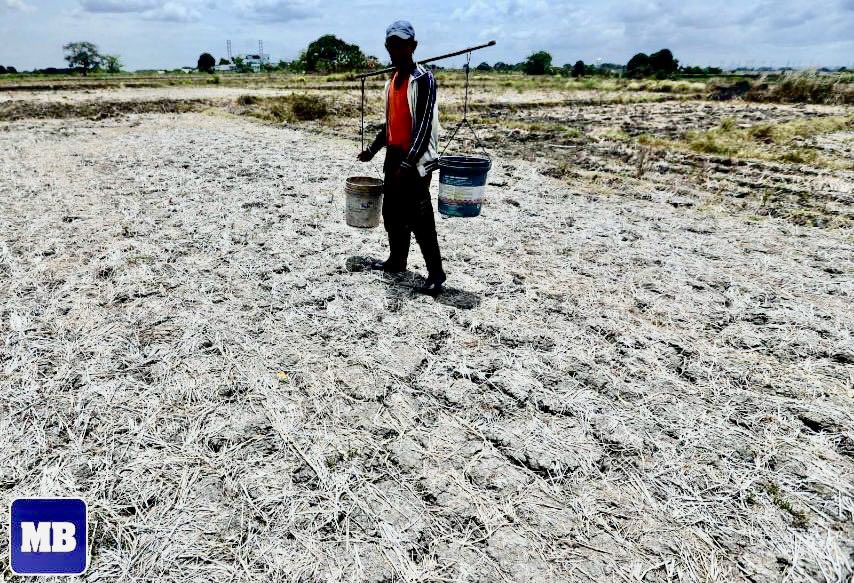Most of PH bearing brunt of El Niño—task force
By Raymund Antonio and Raymund Antonio
The Task Force El Niño admitted on Wednesday, April 24, that almost the entire Philippines is being affected by the El Niño phenomenon, which brings extreme heat and drought.
 (File Photo/MANILA BULLETIN)
(File Photo/MANILA BULLETIN)
Citing reports from the Office of Civil Defense (OCD), Task Force El Niño spokesperson Joey Villarama said that 103 cities and municipalities—including the provinces of Occidental Mindoro, Antique, Sultan Kudarat, Basilan, and Maguindanao del Sur—are in a state of calamity.
“Halos buong Pilipinas na ang apektado (Almost the entire Philippines is affected),” he stressed, citing President Marcos’ earlier remark on El Niño, during the Bagong Pilipinas briefing.
The official added that based on the figures of the Department of Social and Welfare Development (DSWD), around 2,116,420 individuals are affected by El Niño.
“So, ito iyong mga magsasaka, mangigisda, pati na rin ‘yung kanilang mga dependents o kanilang mga pamilya (These are the farmers, fisherfolk, and their dependents or families),” Villarama said, adding that these are also the individuals being assisted by the DSWD, Department of Agriculture (DA), and other government agencies.
The assistance being extended to farmers and fisherfolk range from cash assistance, rice subsidy , fuel assistance to food packs, he shared.
However, Villarama also admitted difficulties in extending help to far-flung areas.
“Iyong naging main directive, ang difficulty ngayon is mayroon tayong lugar na hirap maabot dahil sa proximity or sa distance so ang sinasabi ng Pangulo iyong national agencies lumapit sa LGU (local government units) para malaman kung ano iyong pangangailan ng kinasasakupan nila (That’s the main directive, the difficulty now is there are places that we can’t reach because of proximity or distance so the President said national agencies should reach out to the LGU to be guided with what they need),” he explained.
Noting the impact of El Niño phenomenon is minimal compared to historical data, the task force spokesperson cited the “preventive measures, intervention, and mitigating measures” the government put in place.
He also said there are short-, medium-, and long-term solutions for irrigation currently being planned, such as the solar-powered irrigation pumps and the building of more dams.
Villarama likewise assured that water security issues are being addressed as high dams project may be operation from this year until 2028.
According to the DA, the damage and losses incurred by the agriculture sector due to the El Niño phenomenon has already reached P3.94 billion.
This translates to 66,065 hectares of farmland that that have been affected, equivalent to 162,793 metric tons of production volume.
About 78 percent of those 66,000 hectares have a “chance of recovery,” Villarama added.